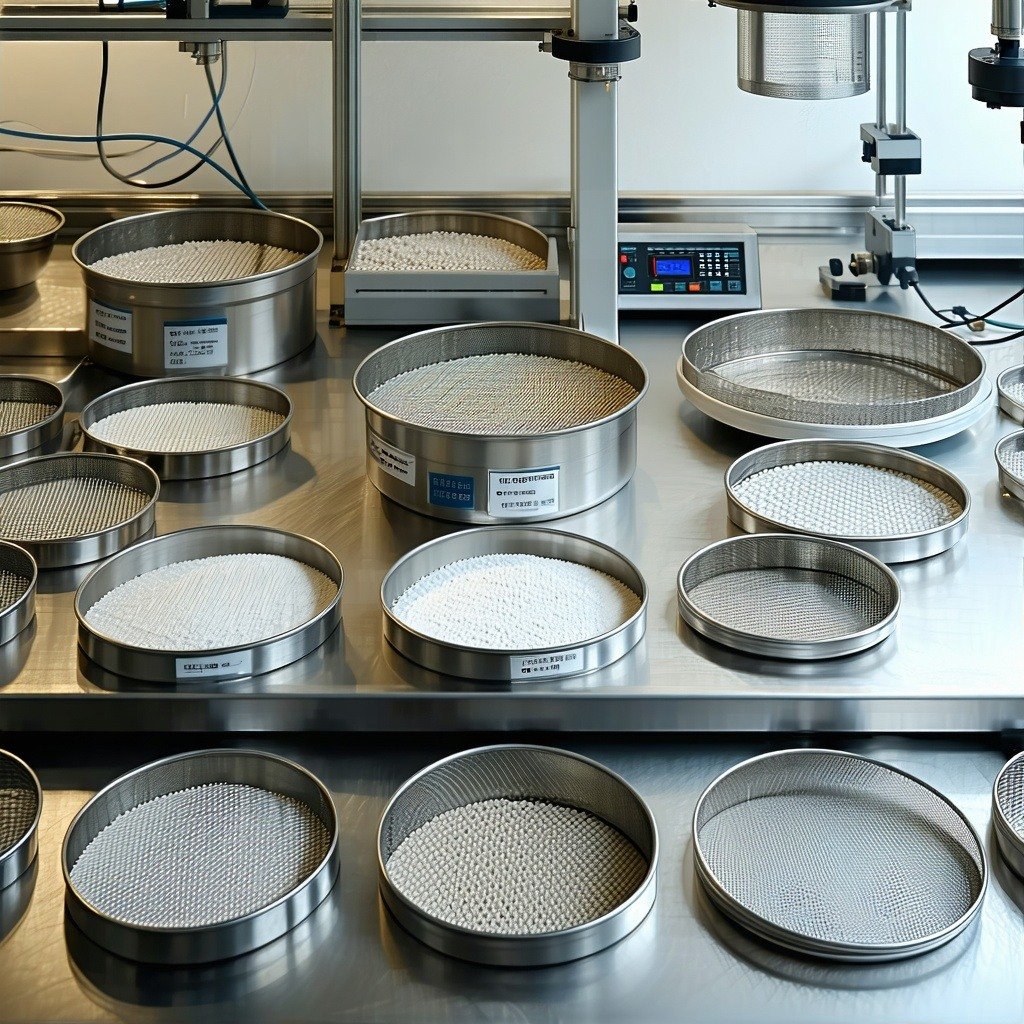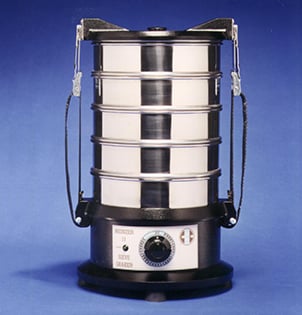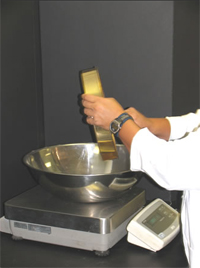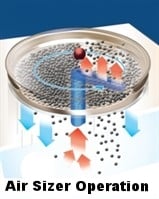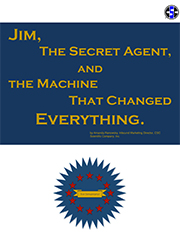The Need for Mid-Point Sieves
ASTM and ISO establish standards for the acceptable range of openings in a wire mesh sieve. For larger mesh sizes, the variation between the largest and smallest acceptable openings has little impact on sieve performance. However, as mesh sizes decrease, the potential for performance differences between sieves becomes significant. These discrepancies, especially when an old sieve is replaced in a master stack, can lead to problematic QC data. Mid-Point sieves can help alleviate this issue.
What is a Mid-Point Sieve?
A mid-point sieve has had the mesh inspected after mounting. The sieve is then selected as a mid-point if the results give tolerances that are in the middle of the ASTM standard.
Read More
Topics:
Sieve Certification,
Sieving Process,
Sieve Analysis,
Sieve Quality
Topics:
Sieve Shakers,
"Ask Art",
Sonic Sifter,
Agglomeration,
Particle Size Analysis,
Sieve Testing,
Sieves,
Sieving Process,
Sieve Analysis,
Quiet sieve shakers,
sieve shaker
Visitors to our web pages often arrive with the question, “What is the Function of a Sieve Shaker?”
Read More
Topics:
Sieve Shakers,
"Ask Art",
Sonic Sifter,
Agglomeration,
Particle Size Analysis,
Sieve Testing,
Sieves,
Sieving Process,
Sieve Analysis,
Quiet sieve shakers,
sieve shaker
You may remember Pequeño and his family of very small 150 micron (150µ) particles being very determined to defeat sieve certification.
Read More
Topics:
Calibration,
Particle Size Analysis,
Sieve Calibration,
Sieve Certification,
Sieve Testing,
Sieves,
Sieving Process,
Sieve Analysis,
Sieve Quality
All about sieve Calibration
We continue to search for answers to the question "Is Sieve Calibration Really the Holy Grail?" Pequeño, you may remember him as a very small (150-micron) particle who has many similar-sized family members. They are determined to defeat Brad and his Sieve Certification.
Foiling A Sieve Test
Read More
Topics:
Calibration,
Particle Size Analysis,
Sieve Certification,
Sieve Testing,
Sieves,
Sieving Process,
Sieve Analysis
For several years, people in the test sieving business have been grousing about the difficulty of making sure that a test sieve certification is what they need. Anyone who is working with close tolerances in the smaller particle sizes, like 300 microns and smaller, have serious issues in matching results from test sieve to test sieve.
Read More
Topics:
Mid-Point Sieves,
Calibration,
Sieve Calibration,
Sieve Certification,
Sieve Testing,
Sieves,
Sieve Analysis
If you take Sieve Shakers for granted, you may be surprised to know that the selection of the right shaker can have a profound effect on your sieving results.
Read More
Topics:
Sieve Shakers,
Particle Size Analysis,
Sieve Analysis
Break the Curse of Particle Size Calculations
Every now and then I’ve had to calculate the results of a sieve test: I’d get the sieves and sample loaded on the shaker, run the shaker, then realize I’d have to start over because I forgot to get the empty weight of each sieve. Or I’d have to carefully brush out the sample onto a balance.
Read More
Topics:
Sieve Testing,
Sieving Process,
Sieve Analysis
Chapter One:
Jim’s life was dull. So, so dull. He spent his days surrounded by piles of sieves – his glamorous job was to calculate the ratio of particles left in the sieves of each stack after a sample of his company’s product was run through the stack using a sieve shaker. It was a job much like the one his cousin Hiram had, although he seemed to remember hearing that Hiram had found an easier way to do it.
Read More
Topics:
Particle Size Analysis,
Sieve Testing,
Sieve Analysis

